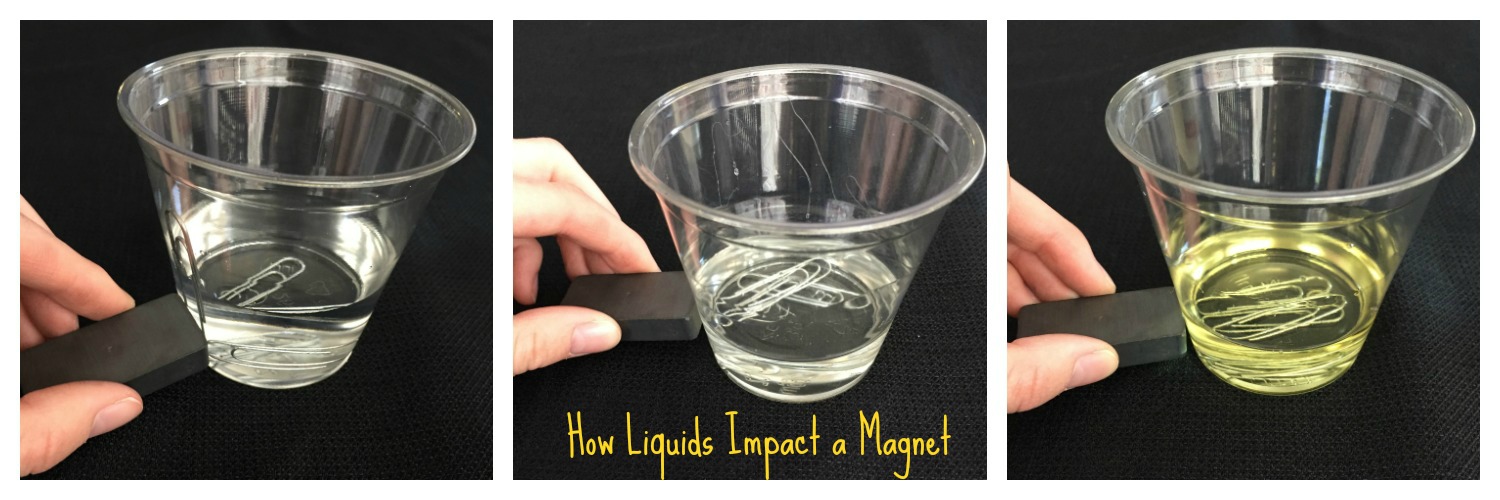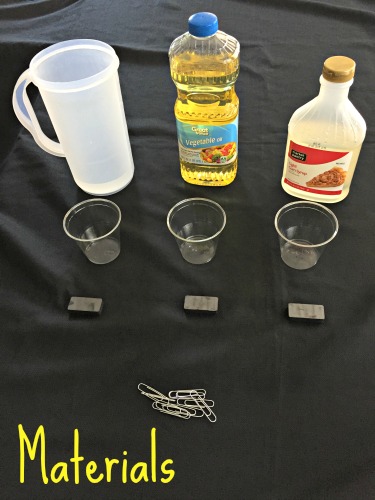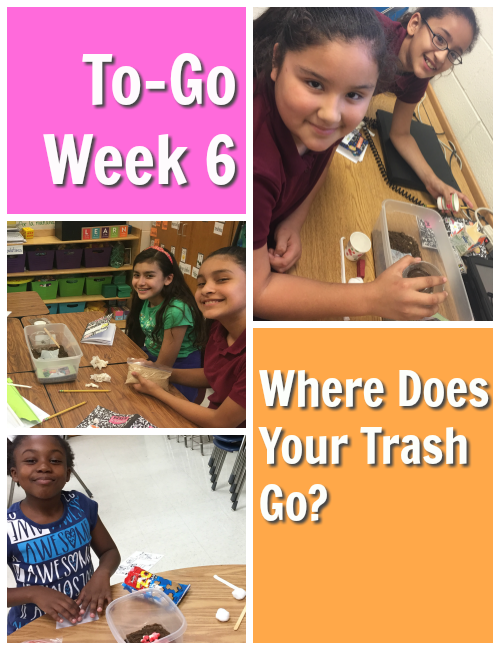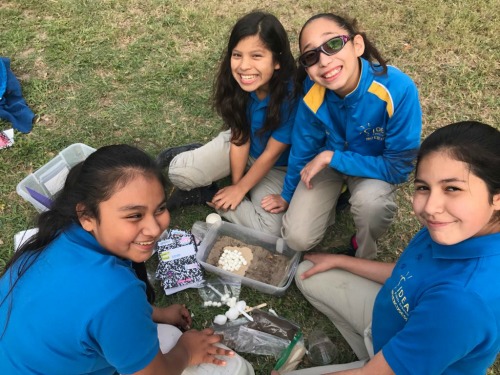Solar Ovens
This week in Girlstart, the girls were able to explore alternative forms of energy and see one in action! They put their building hats on and became Civil Engineers as they created their very own solar ovens!

They started off by learning the difference between renewable and nonrenewable energy. Following, they were given cards with different examples of energy sources and had to work together to place the cards into the two categories. The girls then learned why renewable resources are so important, specifically when it comes to the benefits they provide. This includes lowering the emission of carbon dioxide and other pollutants into the environment, which have negative effects on wildlife that were seen in action the week before with Freddy the Fish.

Finally the girls were given a cardboard box, aluminum foil, black paper, and plastic wrap in order to construct their oven! As they built, they learned why these specific materials were being used. The foil was used to reflect the sun and the black paper absorbed the sunlight to trap the heat produced by the lightwaves the color absorbs (which they were told would largely be explored in their college chemistry class). Once the ovens were built the girls ran outside to heat up a marshmallow using solar energy! Afterward many were excited to see what else they could heat up and even build to use once the Texas heat arrived!





